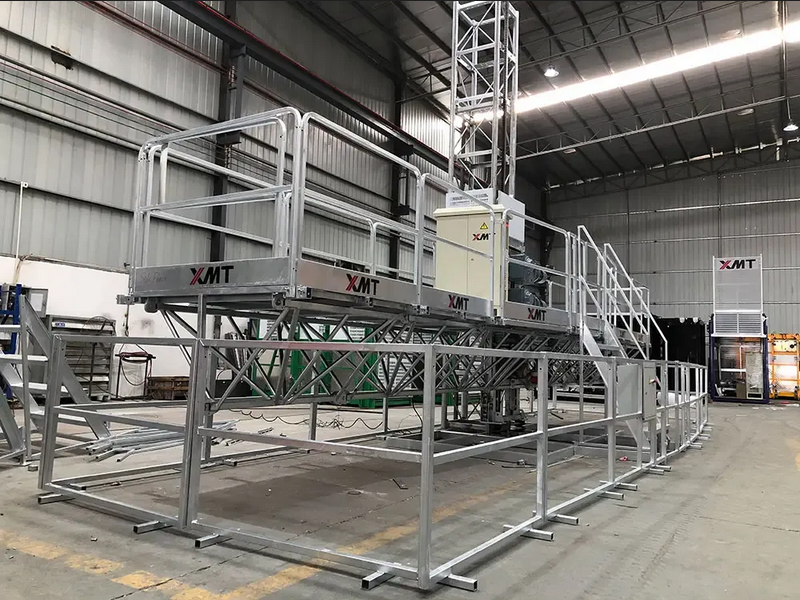Goods and passenger lifts and Construction Platform Lift are a type of vertical transportation system. Use in commercial and residential buildings to move people and goods between floors. They come in different sizes and configurations to meet specific needs. And they play a crucial role in improving accessibility, convenience, and efficiency in modern buildings.
Types of Goods and Passenger Lifts
There are several types of passenger lifts, including:
- Passenger lifts: Design to transport people, these lifts are typically use in buildings with several floors. They come in different sizes and configurations, from small and simple models to large and sophisticated ones.
- Goods and Passenger Hoists: Design to transport goods, these lifts are use in commercial. And industrial settings, such as factories, warehouses, and stores. They come in different sizes and weight capacities to meet specific requirements.
- Service lifts: Design to transport both people and goods, these lifts are use in hotels, hospitals. And other settings where there is a need for both passenger and goods transportation.
- Dumbwaiters: Small goods lifts used in homes and commercial kitchens to transport food, dishes, and other items between floors.
Benefits of Goods and Passenger Lifts
Goods and passenger lifts offer many benefits, including:
- Improved accessibility: Lifts make it easy for people with mobility issues to move between floors. And access different parts of a building.
- Increased efficiency: Lifts improve the efficiency of building operations by making it easier to transport people and goods between floors.
- Enhance safety: Lifts are design with safety features, such as emergency stop buttons. And backup power supplies, to ensure safe and reliable operation.
FAQs:
What are the maintenance requirements for lifts?
Lifts require regular maintenance to ensure safe and reliable operation.
What are the safety regulations for goods and passenger lifts?
Lifts are subject to safety regulations and standards to ensure safe and reliable operation. In most countries, lifts must comply with safety codes and regulations, such as EN 81 and ASME A17.1. These regulations cover various aspects of lift design, construction, installation. And operation, including safety features, load capacity, speed, and maintenance requirements.
Get to know more:-
Building Construction Lifts | Construction Hoist Lift | Rack And Pinion Elevator | Building Hoist | Material Hoist Lift | Rack And Pinion Lift | Transport Platform

